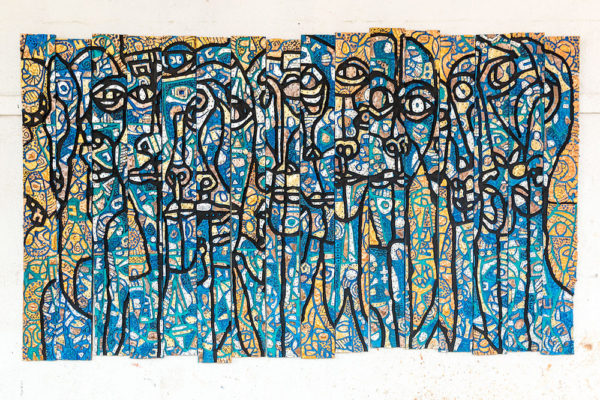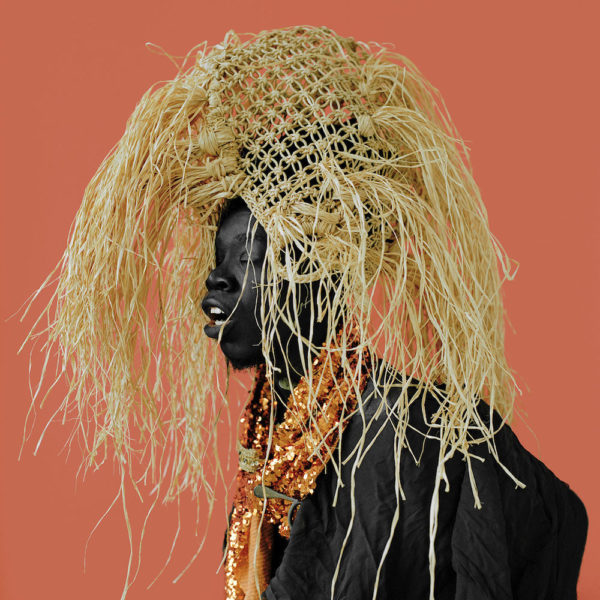
I’ve heard only good things about Istanbul: the food, the architecture, the mixed neighbourhoods, Byzantine fountains, mosaics and bazaars. The Ottoman metropolis that sits on the cusp of continents doesn’t fail to impress: my first long view of the city was from the twenty-sixth floor, from a hotel room just as sun was setting over the spikes of minarets and a skyline lit up by the glittering glow of thousands of buildings, ancient and modern, eastern and western.
“The best opening of the night—although very hot—was the new Pilevneli gallery, a five-floor, 1,500 square foot exhibition space with an Ugo Rondinone light work installed on the rooftop terrace.”
The first event later that evening was a dinner at Soho House, to celebrate the 15th Istanbul Biennial, curated this year by Elmgreen & Dragset, who have invited fifty-six artists from thirty-two countries to put artworks up in six venues, including a hammam and a high school. A lot has happened since the last edition of the Biennale in 2015 but, as the curators asserted at the press conference the following morning, the headlines tell a very different story about this city.
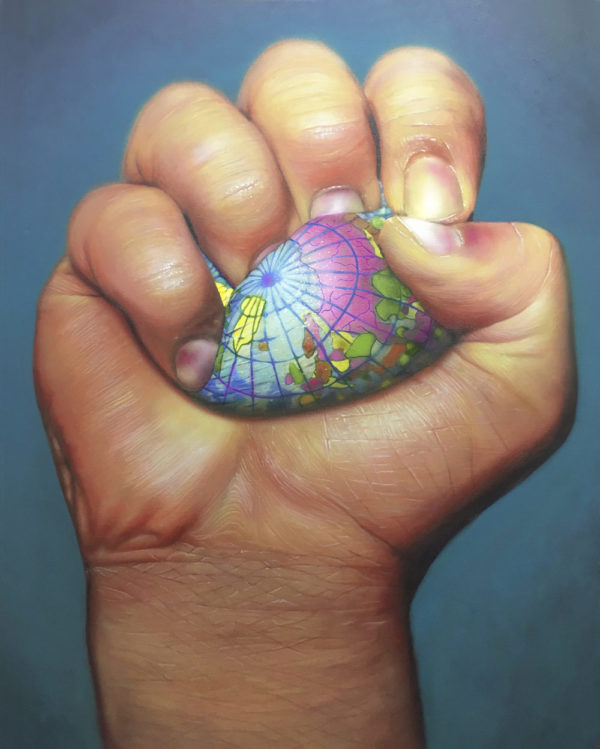
An attack on the international airport in Istanbul in June and the coup in July last year did put visitors off coming, and forty international galleries cancelled their participation in the 2016 edition of Contemporary Istanbul, Turkey’s only major art fair. Established in the 2000s by local hotelier, Ali Güreli, the fair has been a huge support to the local economic gallery structure, boosting Istanbul’s contemporary art market when it first exploded a decade ago. In December 2016, the Russian ambassador was assassinated at an Ankara gallery—more negative international headlines for Turkey—but this year, the fair has encouraged galleries and visitors back: twenty new galleries from abroad exhibited last week and a well-attended press trip this year proves that confidence is returning—or that fatalism is prevailing.
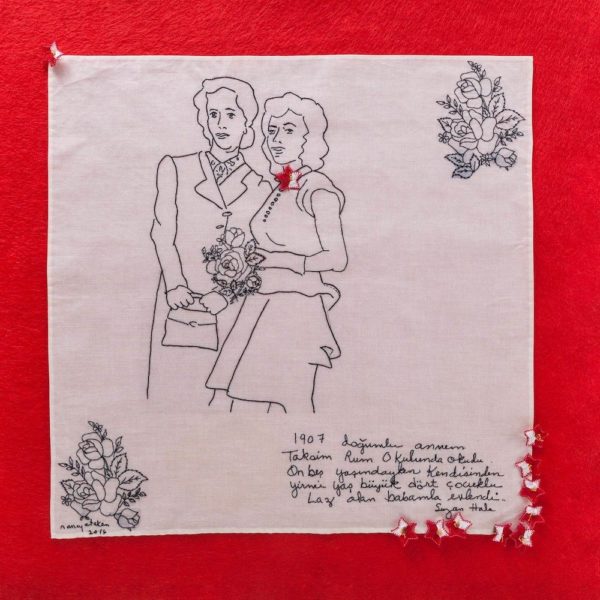
On such a short visit to the city, the fair was actually a welcome place to start to discover the local gallery complexion: Istanbul’s top venues were there, including blue-chips such as Mixer, Gaia, Galeri Nev and Pi Artworks (who have an offshoot in London), as well as smaller, lesser knowns, like Gama, AB and Alan who had equally strong booths showcasing Turkish artists–painter Harun Antakyali and photographer Beril Gulcan were among the names that were new to me and left an impression. Between a lunch for Ai Weiwei (the artist was present, but hardly—he sat in the corner on his phone) and a boat ride down the Bosphorus (to the Sakıp Sabancı Museum, currently hosting the first survey of the Chinese artist’s ceramic work) we sneaked in a visit to SALT gallery, a beautiful multi-floor institution with an impressive library and archive—not to mention views out onto the city. Unfortunately, both exhibition spaces were in the process of installing new shows.
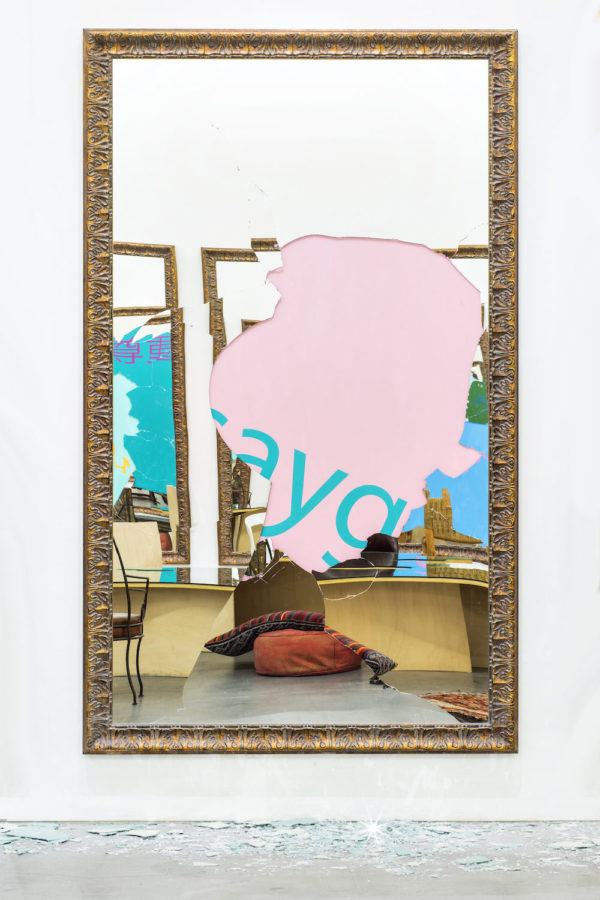
“An exhibition of Michaelangelo Pistoletto’s mirror-paintings had everyone with their phones out, selfie-snapping like they meant it”
The night before the fair opened its doors to the public, the organisers arranged a visit to some of its participants at their permanent homes, many of them now clustered around the building site for the future Koç art museum (the Koç Foundation’s new venture, designed by London architects Grimshaw) in the gritty, industrial neighbourhood of Dolapdere. The best opening of the night—although very hot—was the new Pilevneli gallery, a five-floor, 1,500 square foot exhibition space with an Ugo Rondinone light work installed on the rooftop terrace. It seemed to be the place Istanbul’s well-heeled art crowd was gathering, gasping for air through cigarettes, after hiking through five staircases of works by Johan Creten. Pilevneli founder Murat Pilevneli is something of a local A-lister and used to be married to Turkish model and access Tuba Ünsal.
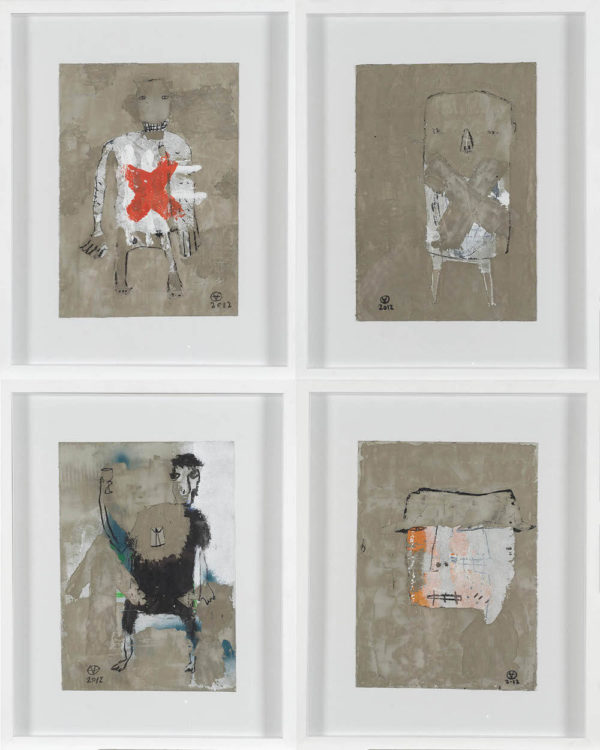
The evening tour was also a chance to discover smaller galleries nearby, such as Galeri Artist in the former private home of a Greek architect where an exhibition of Michaelangelo Pistoletto’s mirror-paintings had everyone with their phones out, selfie-snapping like they meant it, before stepping out into the yard for some courgette fritters (an Istanbul speciality). Galleria Continua (Beijing), at Contemporary Istanbul for the first time this year, also presented Pistoletto at the fair.
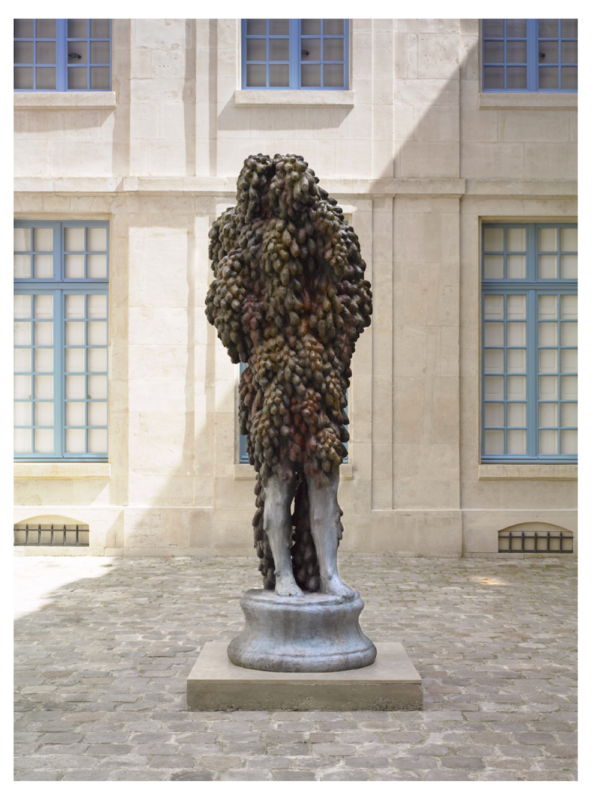
There was time for one more round of cheese, preserved walnuts and olives at Dirimart, (journalists were unimpressed with the performance on the third floor, however, likening it to how an art opening might look in a scene in Sex and The City) before piling back onto the bus, for one last traffic-jammed ride across this never-ending city, to finally stare out across its hypnotic lights.
Contemporary Istanbul ran from 14 – 17 September contemporaryistanbul.com/. The 15th Istanbul Biennale runs until 12th November 15b.iksv.org/home
